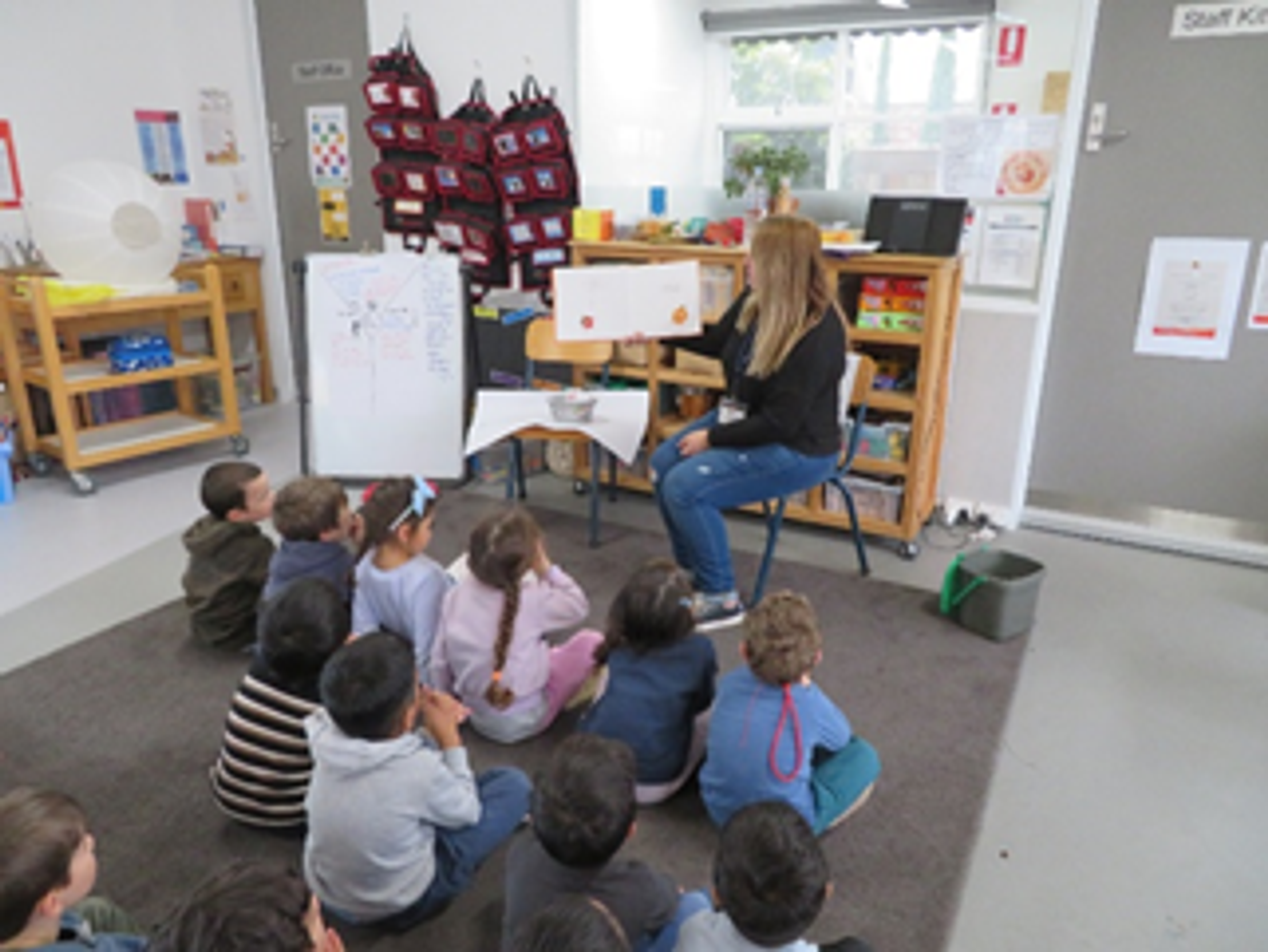Sensory Processing

Sensory processing difficulties are a group of symptoms and related behaviours that happen when someone has trouble taking in information from their senses and responding appropriately to it.
This can be information related to sight, hearing, touch, smell and taste, or information related to internal sensations in the body, like pain and movement sensations.
Some children with sensory processing difficulties might behave in unusual ways, or in ways that aren’t typical for their age. Others might avoid particular activities.
Most children have trouble with sensory information sometimes. But when these reactions happen frequently, or for long periods of time, they can interfere with social interaction, learning, behaviour or development.
Difficulties in processing sensory information might look like:
Oversensitivity
Here are some examples of behaviour that you might see if your child is oversensitive, sometimes called hypersensitive.
Sound - Your child hides or runs away (or covers their ears) from common sounds like the sound of the vacuum cleaner. Or your child is hard to settle during or after noisy activities or birthday parties.
Sights - Your child avoids brightly lit places or avoids looking at faces or busy spaces like walls with lots of pictures.
Smell and taste - Your child walks away from strong smells like perfume or eats only bland foods.
Touch - Your child avoids messy play, rubs hands or fingers or holds them tightly together after touching everyday objects, or refuses to wear clothes like socks with seams on the toes.
Movement or body position - Your child avoids playground equipment like swings or monkey bars, or gets upset or feels unwell in cars or on public transport.
Other internal sensations - Your child is upset by changes in temperature. Your child avoids having a bath or swimming, or avoids going to the toilet because she doesn’t like the feeling. Or your child is hard to settle after a minor cut or scrape.
Undersensitivity
Here are some examples of behaviour that you might see if your child is under sensitive, sometimes called hyposensitive.
Sound - Your child doesn’t notice noises like alarms or always wants the volume on loud.
Sights - Your child likes to watch lights go on and off
Smell and taste - Your child seeks out strong smells, or likes strong tastes like salty or spicy food.
Touch - Your child doesn’t respond when someone taps him on the shoulder, or they fidget a lot and struggles to sit still
Movement or body position - Your child doesn’t like being turned upside down or stretching a lot.
Other internal sensations - Your child doesn’t seem to feel pain.
If you notice that your child has difficulty with processing sensory information you can speak to your early childhood teacher who can discuss individual strategies to support your child’s learning and development in the home and kindergarten environment or help you connect with an Occupational Therapist.
